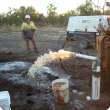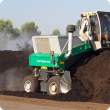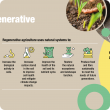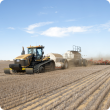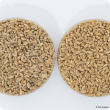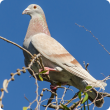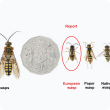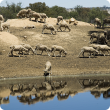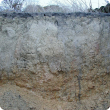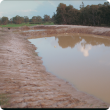Filter by regions:
- (-) Remove Goldfields-Esperance filter Goldfields-Esperance
- (-) Remove South West filter South West
- Great Southern (720) Apply Great Southern filter
- Wheatbelt (699) Apply Wheatbelt filter
- Mid West (689) Apply Mid West filter
- Peel (645) Apply Peel filter
- Perth regions (517) Apply Perth regions filter
- Gascoyne (490) Apply Gascoyne filter
- Pilbara (451) Apply Pilbara filter
- Kimberley (445) Apply Kimberley filter

